When it comes to golfing, attire is a topic that often stirs debate among enthusiasts. With its rich history and strict etiquette, the world of golf has specific dress codes that players are expected to follow. One question that frequently arises is: Why shouldn’t you wear jeans to golf? In this article, we’ll explore the reasons behind this common guideline while helping you understand the importance of appropriate golfing attire. So, let’s dive in!
The Importance of Golf Attire
Golf is a sport steeped in tradition, and part of that tradition is its dress code. The way you dress not only reflects respect for the game but also embodies the spirit and etiquette associated with it.
1. Respecting the Game
Golf courses are seen as sanctuaries, where the beauty of nature is paired with the precision of the sport. Wearing the right attire shows respect for the game, fellow players, and the golf course.
2. Comfort and Performance
While jeans may be comfortable for everyday wear, they often compromise performance on the golf course. The fabric of jeans can restrict your movement, affecting your swing and overall game.
3. Maintaining Standards
Many golf courses maintain strict dress codes to uphold the sport’s standards. Wearing jeans, which are typically considered casual wear, can be seen as a breach of these codes.
 Golf Course Etiquette
Golf Course Etiquette
Why Jeans Are Not Suitable for Golf
Let’s break down the reasons why wearing jeans while playing golf is often discouraged:
1. Limited Mobility
- Restrictive Fit: Most jeans are made of denim, a material that doesn’t provide sufficient stretch or flexibility needed for a good swing.
- Comfort Issues: Long hours on the course can lead to discomfort; jeans can hinder your movement and make it harder to play your best.
2. Inappropriate Style
- Casual vs. Formal: Golf is a game that often requires players to dress more formally. Jeans are universally considered casual and don’t align with the expected style.
- Course Policy: Many golf courses specifically state that jeans are not allowed. Ignoring this can result in denied entry or a less enjoyable experience.
3. Weather Conditions
- Heat Retention: Denim doesn’t allow for breathability. On warm days, you may find yourself feeling overheated or sweaty while wearing jeans.
- Water Absorption: If you’re caught in the rain, jeans can become heavy and uncomfortable, impacting your game negatively.
 Golfer Taking a Swing
Golfer Taking a Swing
4. Fashion Alternatives
By avoiding jeans, you open up the opportunity to wear more stylish and suitable alternatives:
- Golf Pants: Specifically designed for golf, they offer comfort, style, and flexibility.
- Shorts and Skorts: Great for hot weather, allowing freedom of movement and ventilation.
- Performance Fabrics: Shirts and pants made with moisture-wicking materials are excellent choices for active play.
What to Wear Instead: A Quick Guide
Here’s a quick breakdown of what to wear when heading to the golf course:
| Type | Description | Benefits |
|---|---|---|
| Golf Pants | Tailored, lightweight trousers | Comfortable, stylish, and functional |
| Shorts | Tailored shorts for men/women | Keeps you cool, promotes mobility |
| Performance | Moisture-wicking fabrics (Polos) | Helps you stay dry and comfortable |
| Footwear | Golf shoes or sneakers | Offers support and proper grip |
Quote: “The right outfit can enhance your game and put you in the right mindset to play your best.”
Golf Course Etiquette and Style
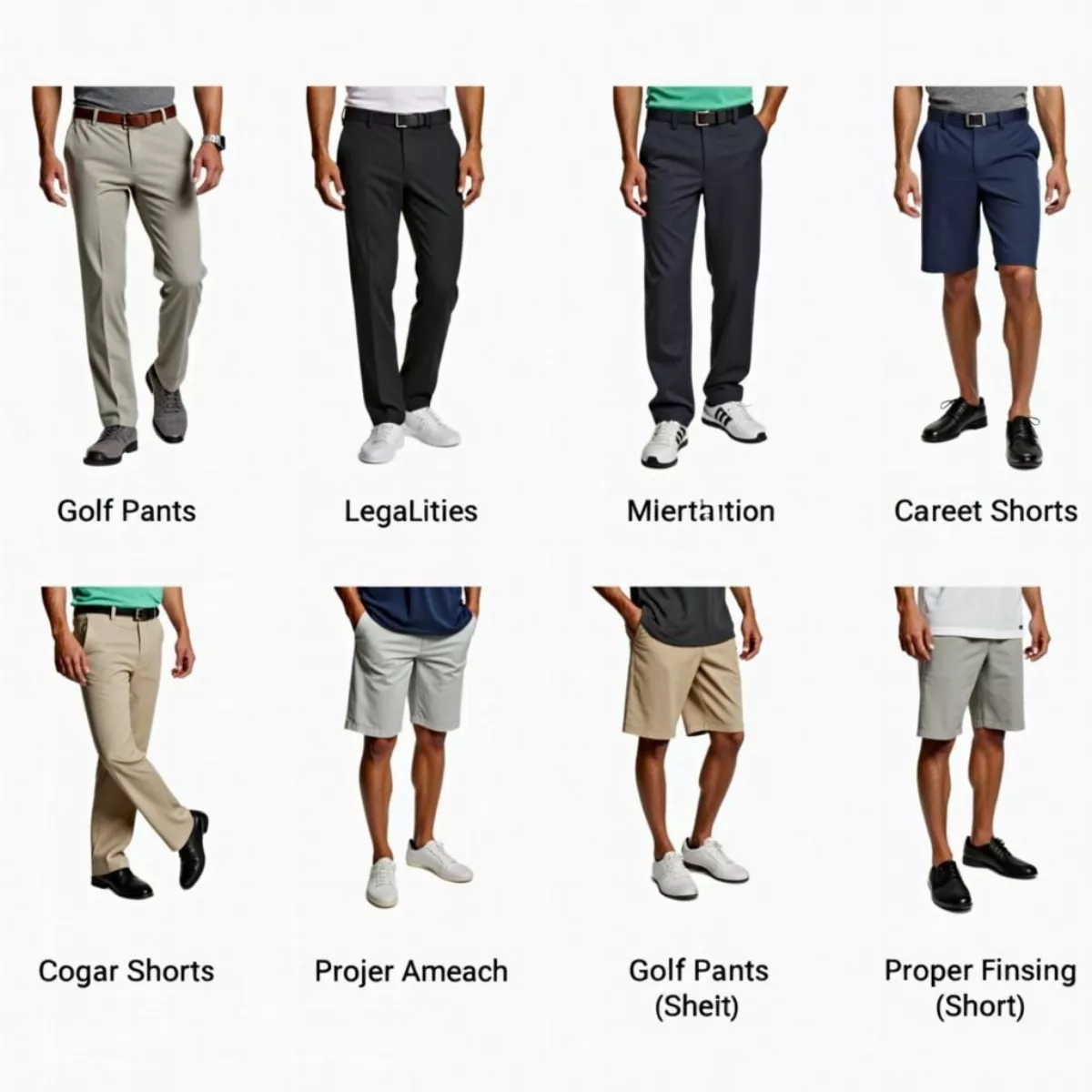 Golf Attire Options
Golf Attire Options
If you’re new to golf or just looking to brush up on your skills, understanding golf course etiquette can enhance your experience. Here are a few tips:
- Always Check the Dress Code: Before you head to a new course, always check the dress code requirements.
- Be Considerate: Remember that not adhering to the dress code may affect more than just you; it reflects on the overall ambiance of the game.
- Invest in Quality Attire: Quality golf apparel not only enhances your look but also improves your performance.
Key Takeaways
- Wearing jeans when golfing is often frowned upon due to limited mobility, inappropriate style, and course policies.
- Golf attire is about respecting the game and maintaining tradition.
- Optimal alternatives include golf pants, shorts, and performance fabrics that provide comfort and flexibility.
- Familiarize yourself with golf course etiquette to enhance your overall experience.
FAQ Section
1. Can I wear jeans on a casual golf course?
While some casual golf courses may allow jeans, it’s always best to check the specific dress code policies of the course you’re visiting.
2. What type of pants are best for golfing?
Golf pants made from breathable, moisture-wicking materials are ideal, as they offer flexibility and comfort during play.
3. Are denim shorts acceptable for golf?
Most golf courses discourage denim shorts due to the casual nature of denim. Opt for tailored golf shorts instead.
4. What should I avoid wearing on the golf course?
Avoid wearing ripped clothing, tank tops, and any attire deemed too casual. Stick with breathable, well-fitted clothing.
5. Do I have to wear a collared shirt?
Most golf courses require a collared shirt; however, some places allow modern styles like polo shirts or mock necks. Always check the rules.
6. What are some essentials to pack for a day on the golf course?
- Comfortable golf shoes
- Moisture-wicking polo
- Lightweight golf pants or shorts
- A visor or hat
- Sunglasses
- Sunscreen
7. Can I wear athletic wear for golf?
Yes, many players wear athletic wear such as golf leggings and moisture-wicking tops, but ensure they adhere to the course’s dress code.
8. What do I do if I show up in jeans?
If you’re caught wearing jeans at a course that enforces a stricter dress code, you may need to change; some courses offer rental options or may have stores on-site.
By understanding the significance of appropriate attire, you’ll not only enhance your own golfing experience but also respect the traditions that make the sport so unique. Now, next time you’re preparing for a day on the green, you’ll know exactly why those jeans should stay in the closet! Happy golfing!

 Golf Balls in a Row
Golf Balls in a Row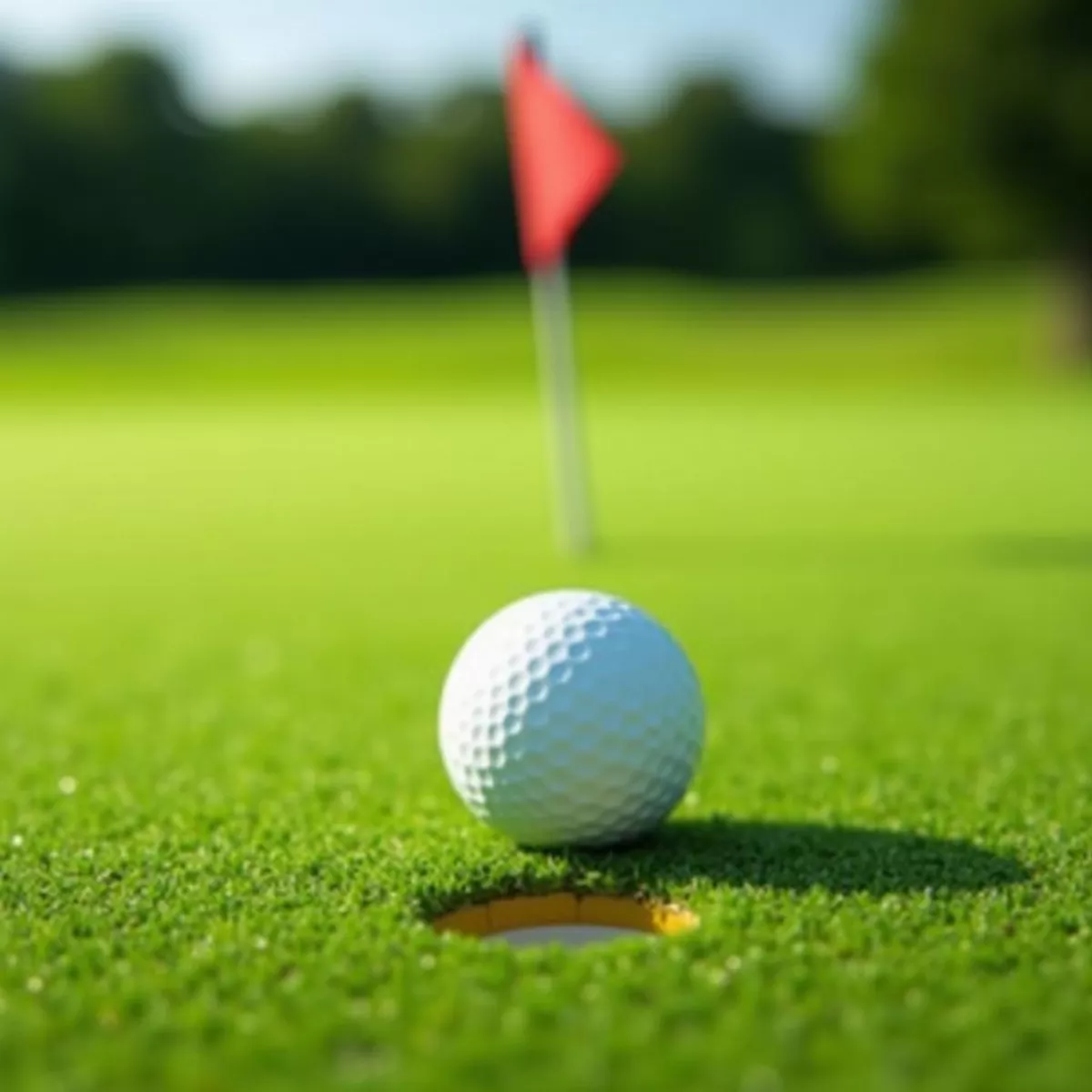 Golf Ball on Green with Flag
Golf Ball on Green with Flag Golf Bag and Clubs
Golf Bag and Clubs
 Golfer Visualizing Success
Golfer Visualizing Success
 Bella Collina Community Pool
Bella Collina Community Pool Bella Collina Hiking Trail
Bella Collina Hiking Trail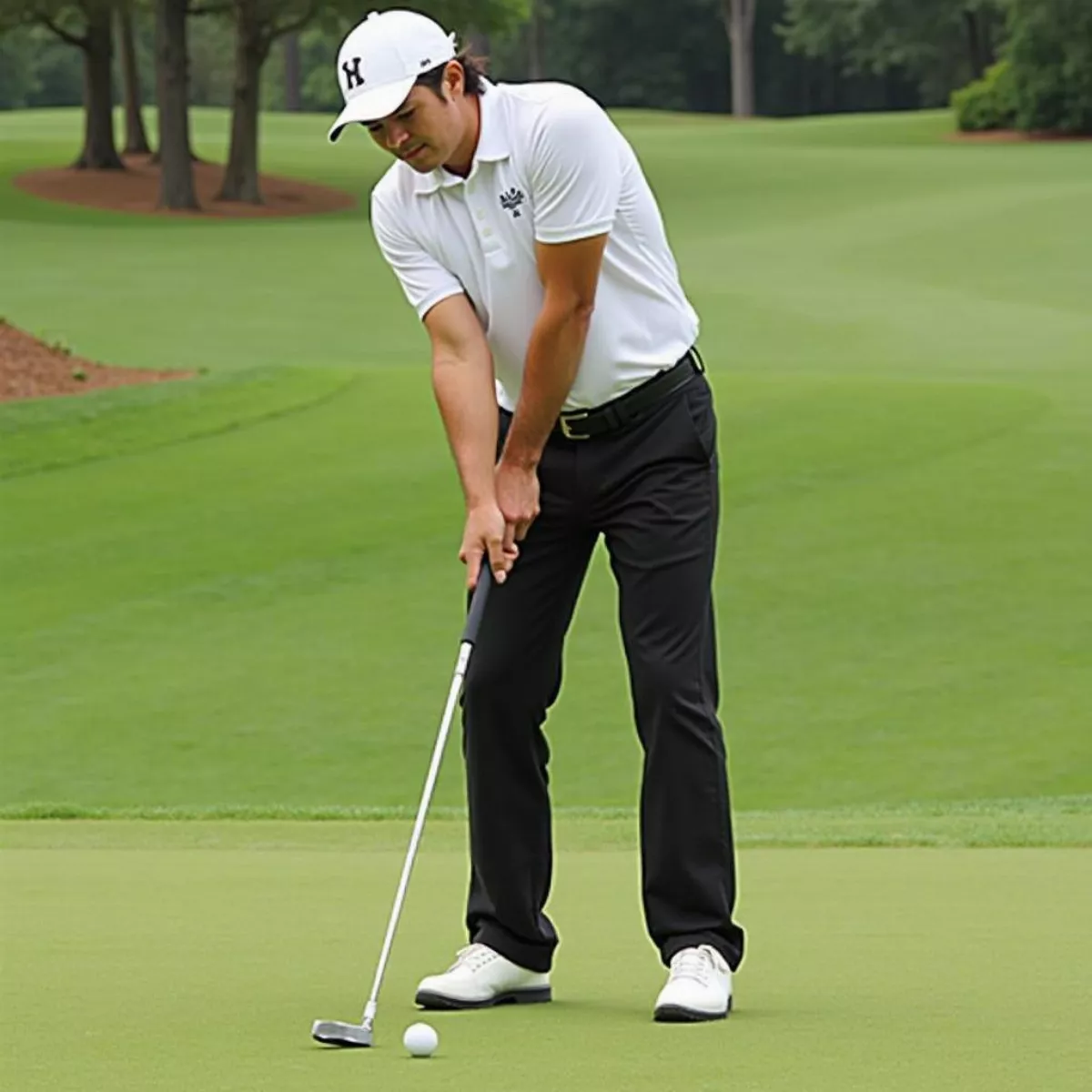
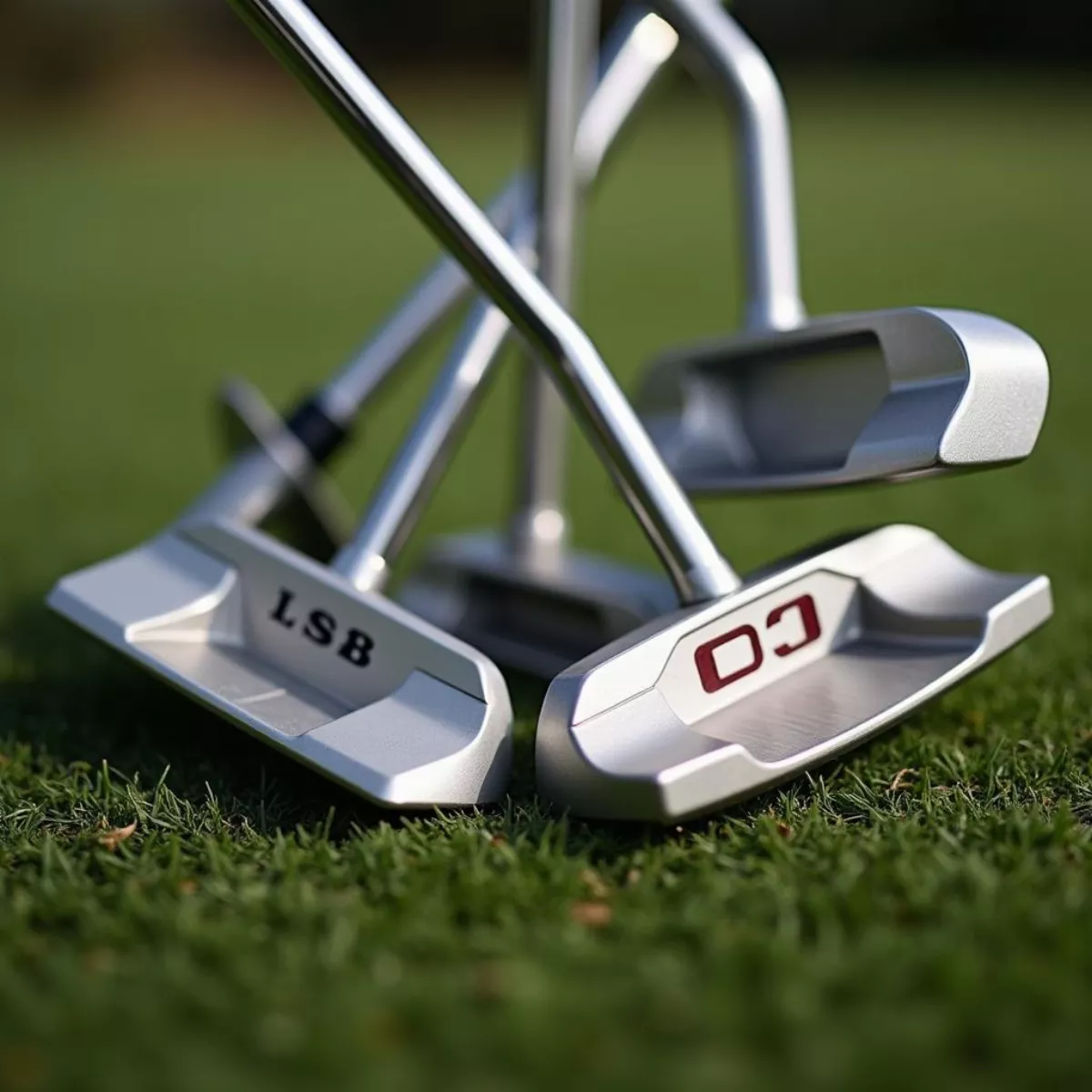 Various Golf Putter Heads
Various Golf Putter Heads Golfer Choosing a Putter
Golfer Choosing a Putter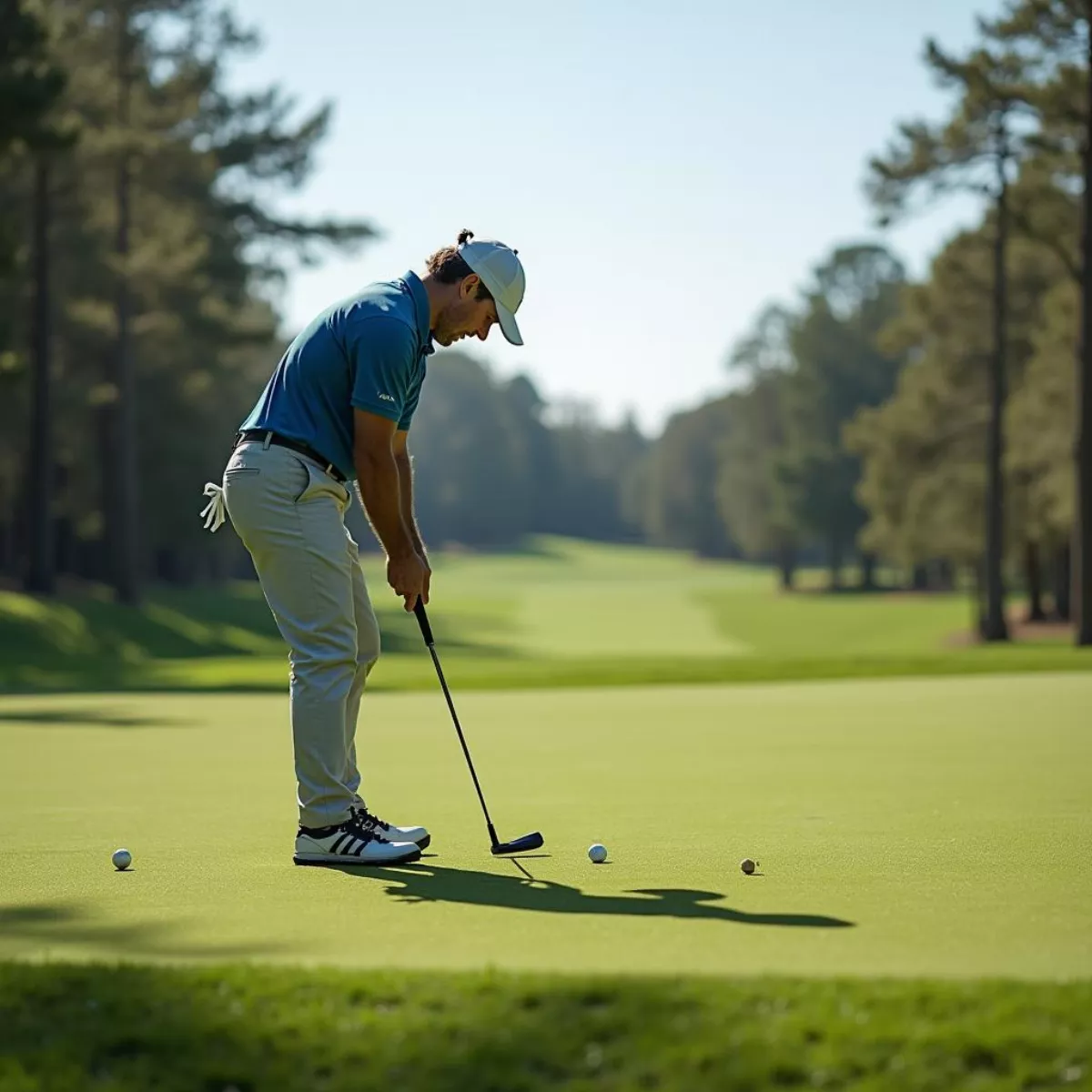 Golfer Practicing Putts
Golfer Practicing Putts
 Golfers Celebrating a Successful Shot
Golfers Celebrating a Successful Shot Golf Course Signage with Rules and Information
Golf Course Signage with Rules and Information Multi-Generational Family Playing Golf
Multi-Generational Family Playing Golf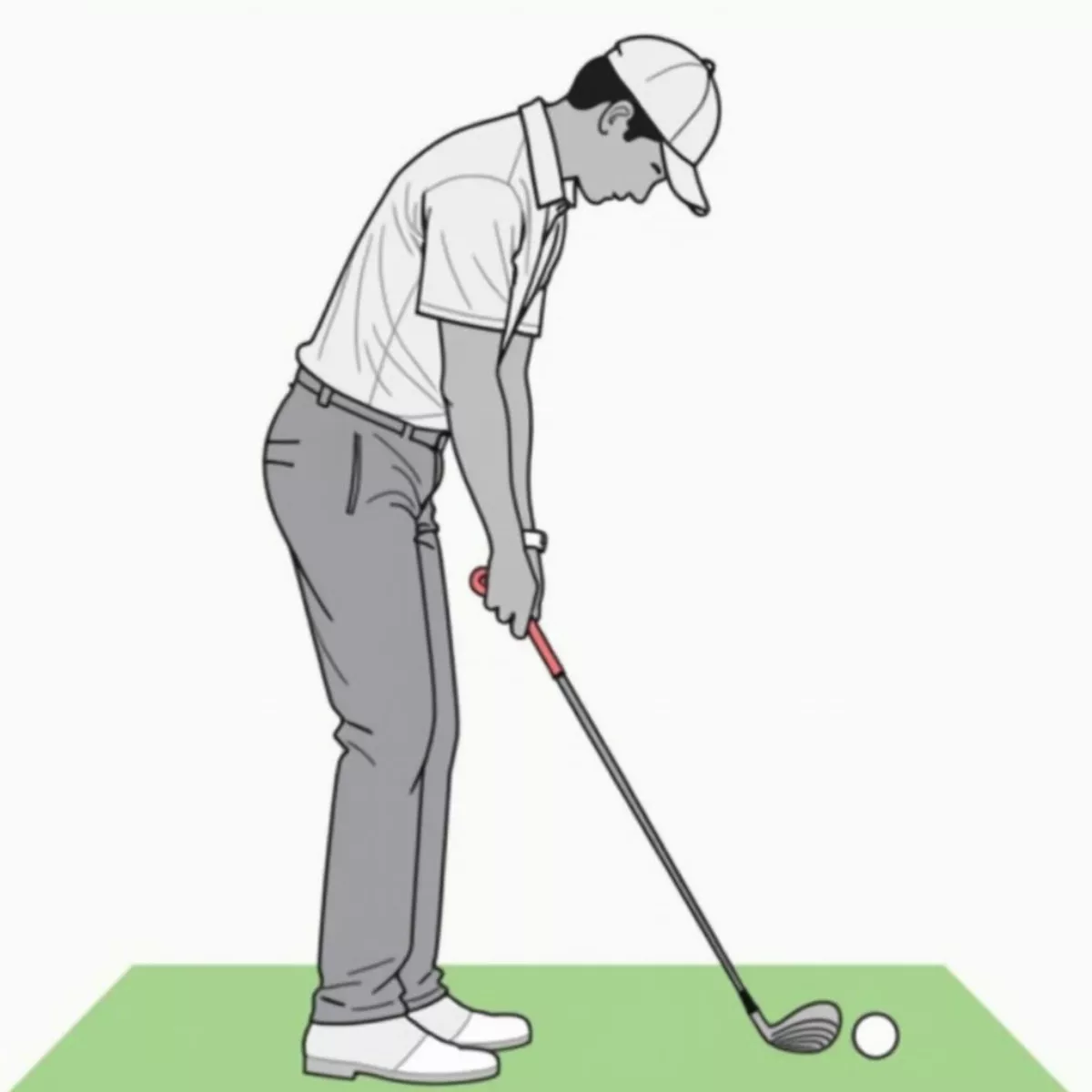
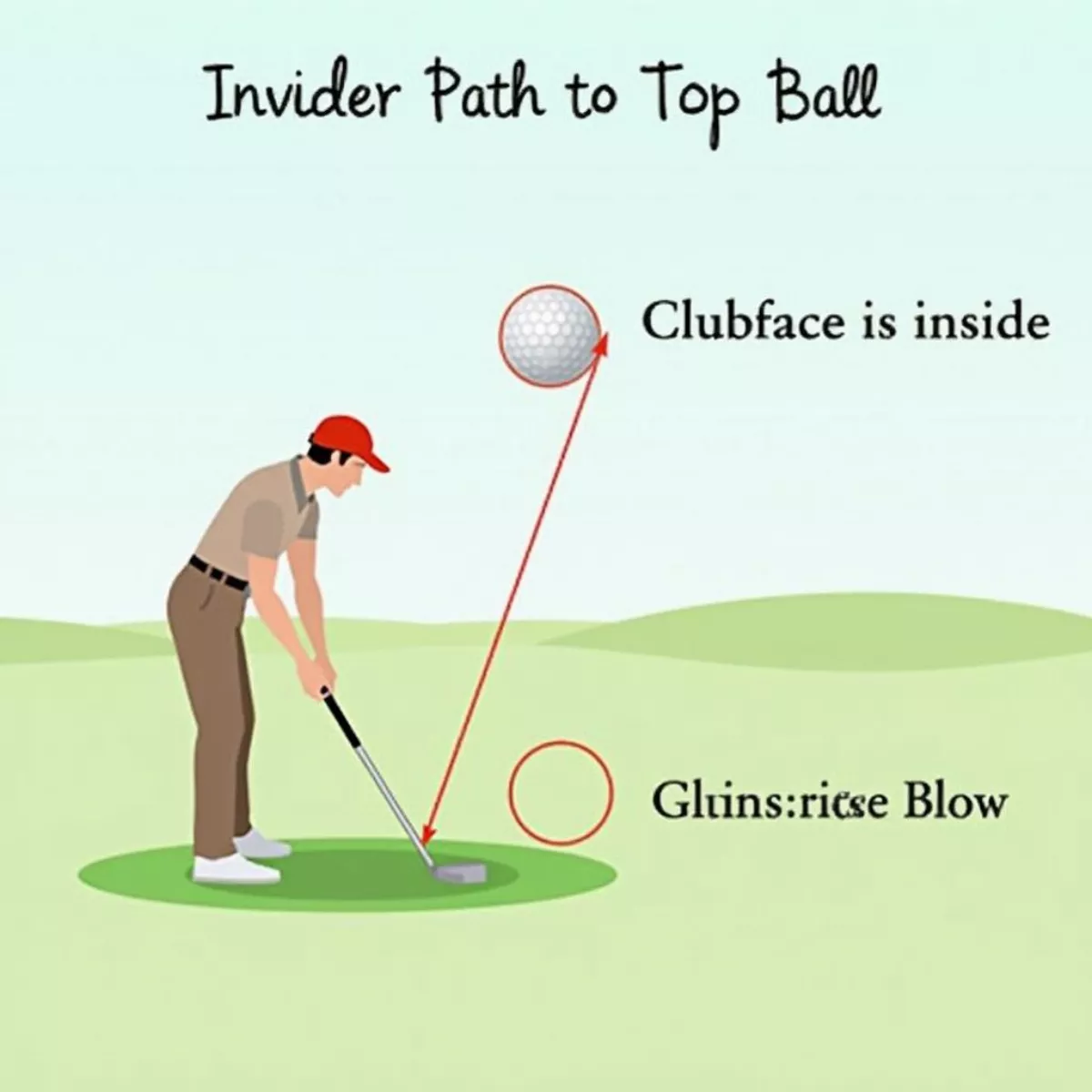 Incorrect Golf Swing Path Leading to Topping
Incorrect Golf Swing Path Leading to Topping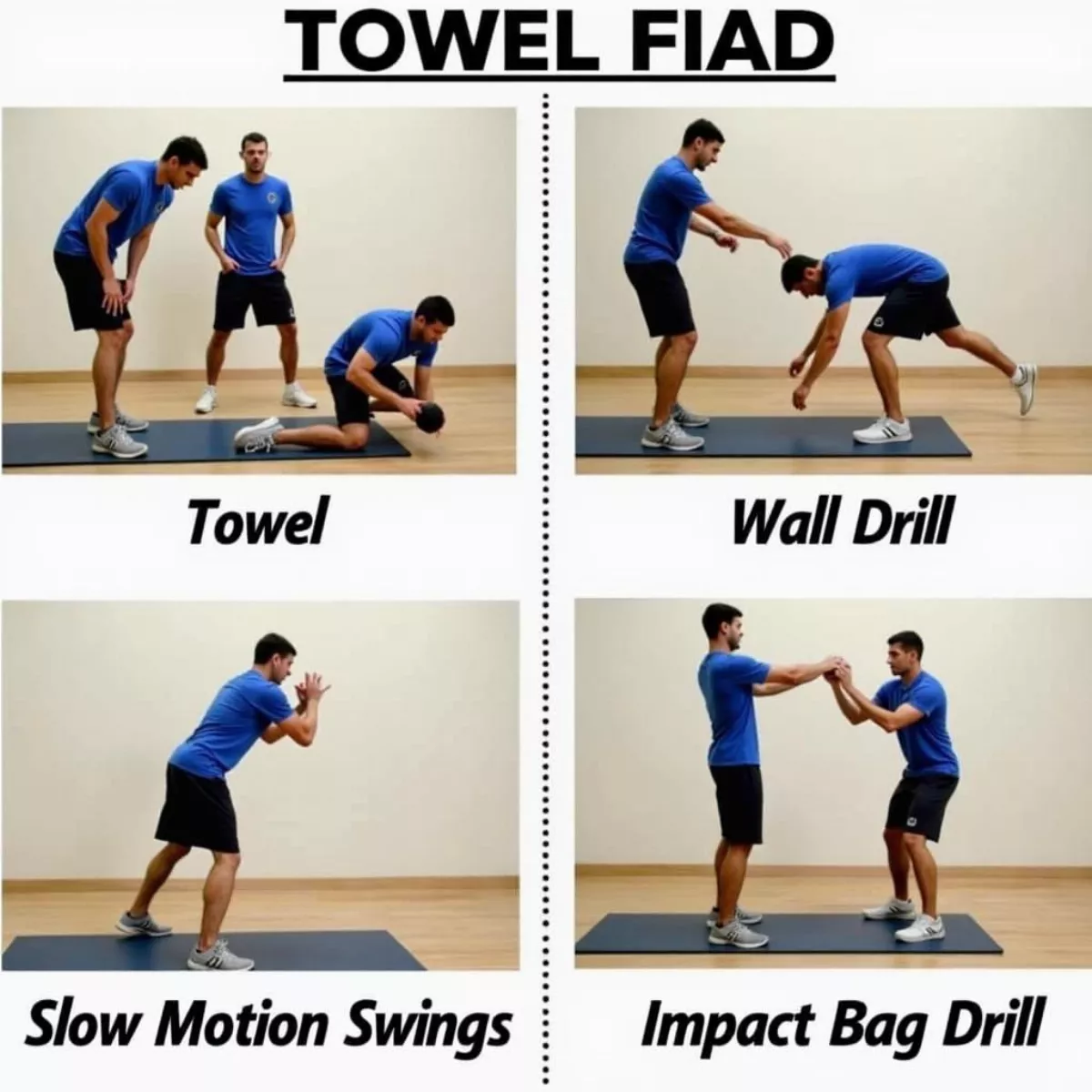 Golf Drills to Prevent Topping
Golf Drills to Prevent Topping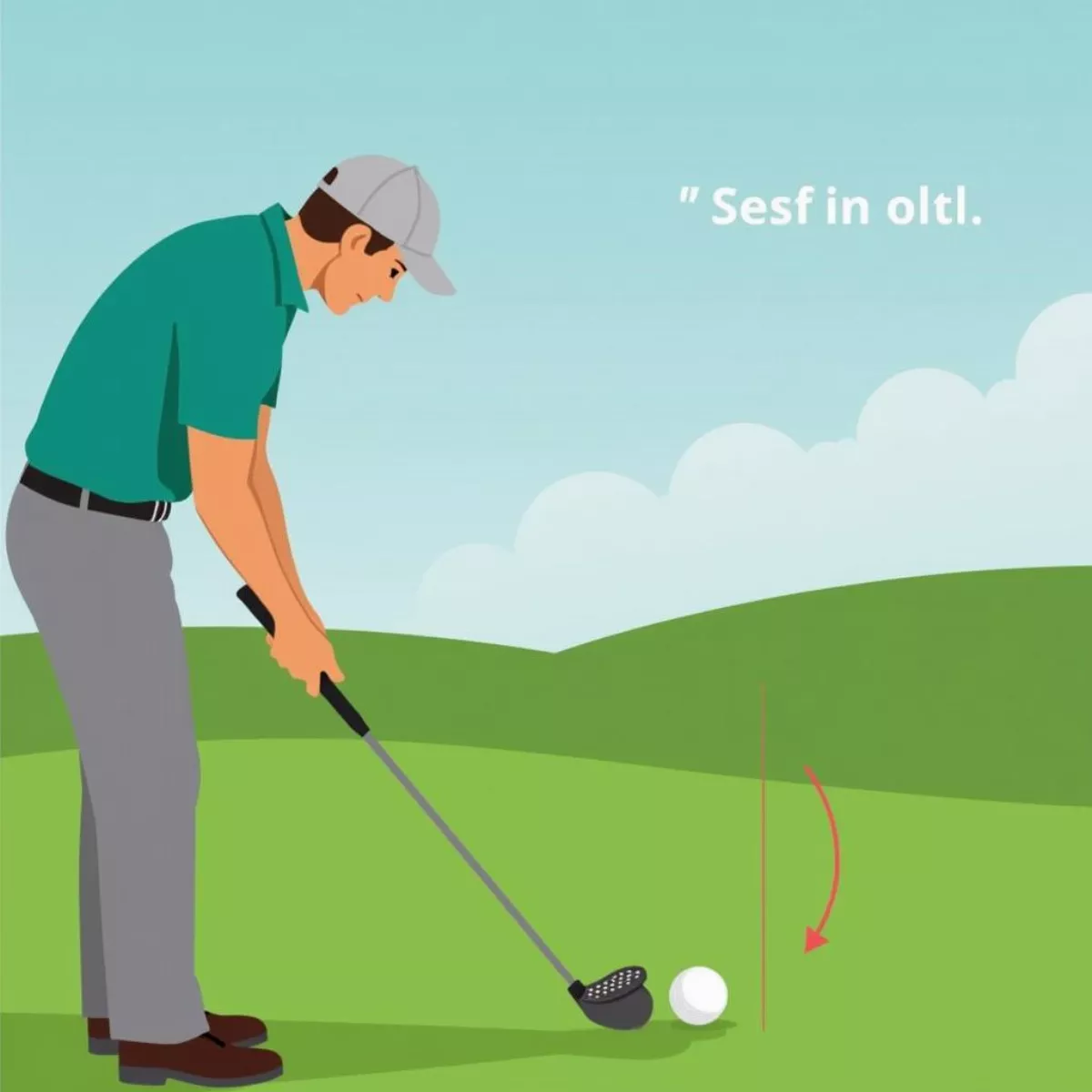
 Correct Golf Chipping Setup
Correct Golf Chipping Setup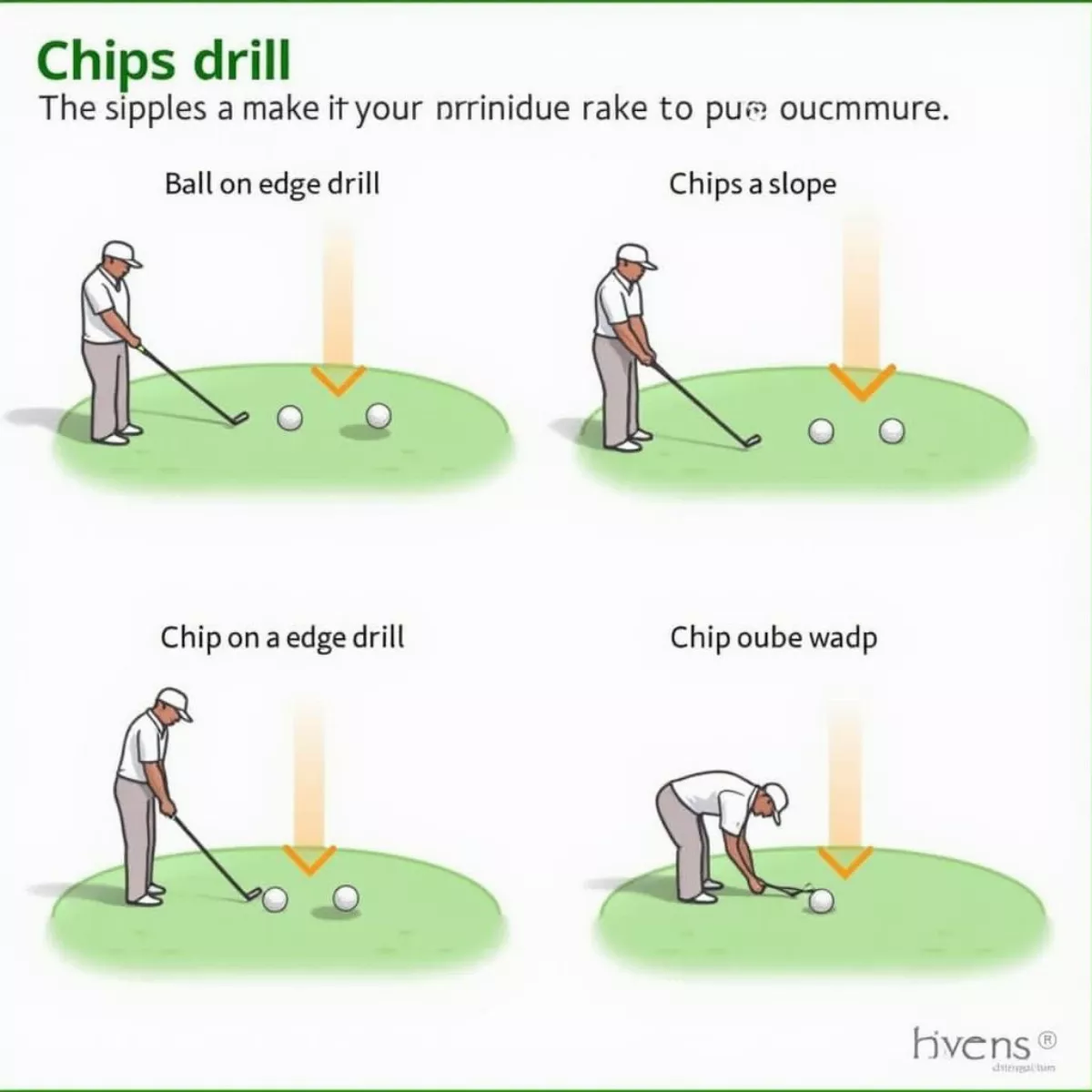 Golf Chipping Drills for Improvement
Golf Chipping Drills for Improvement 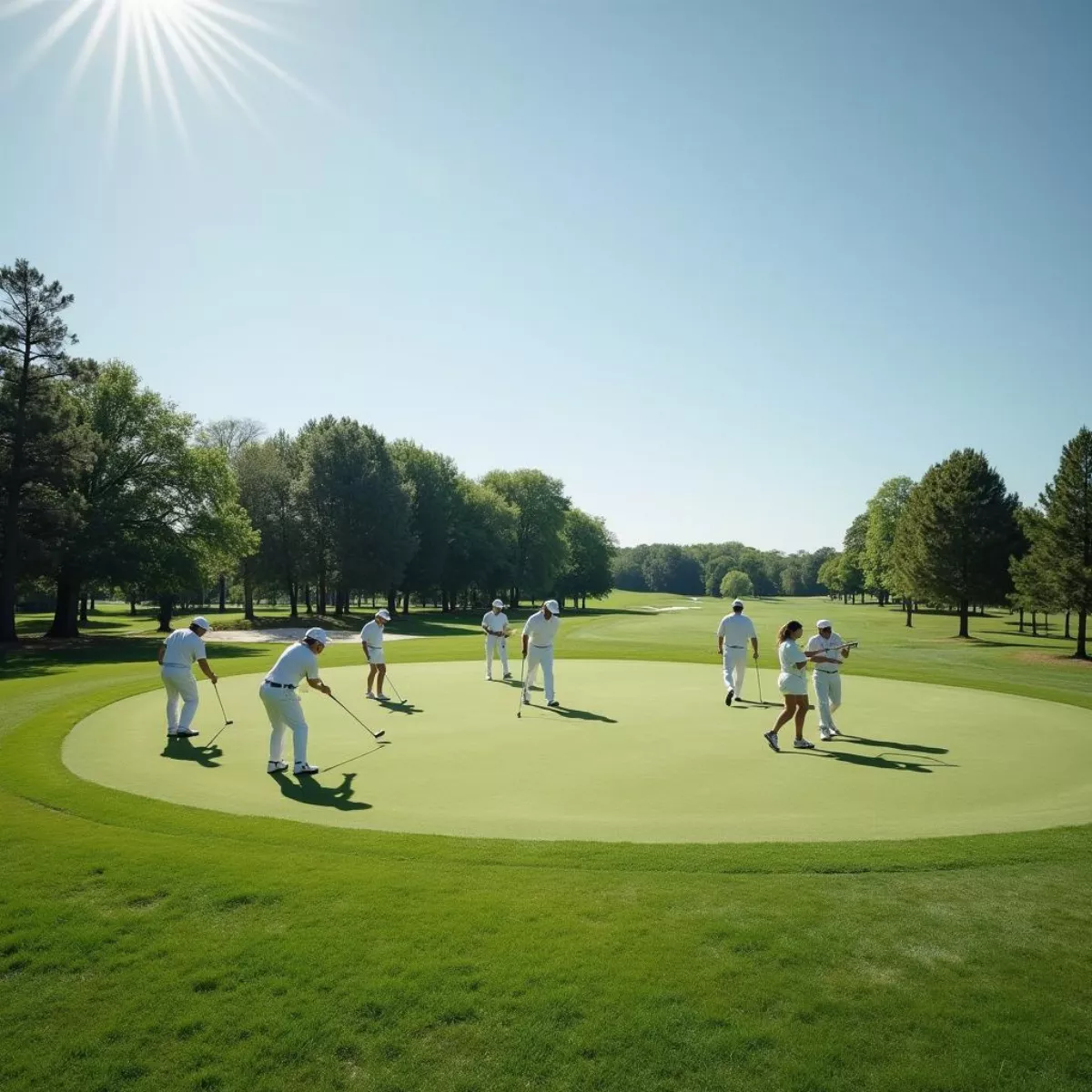
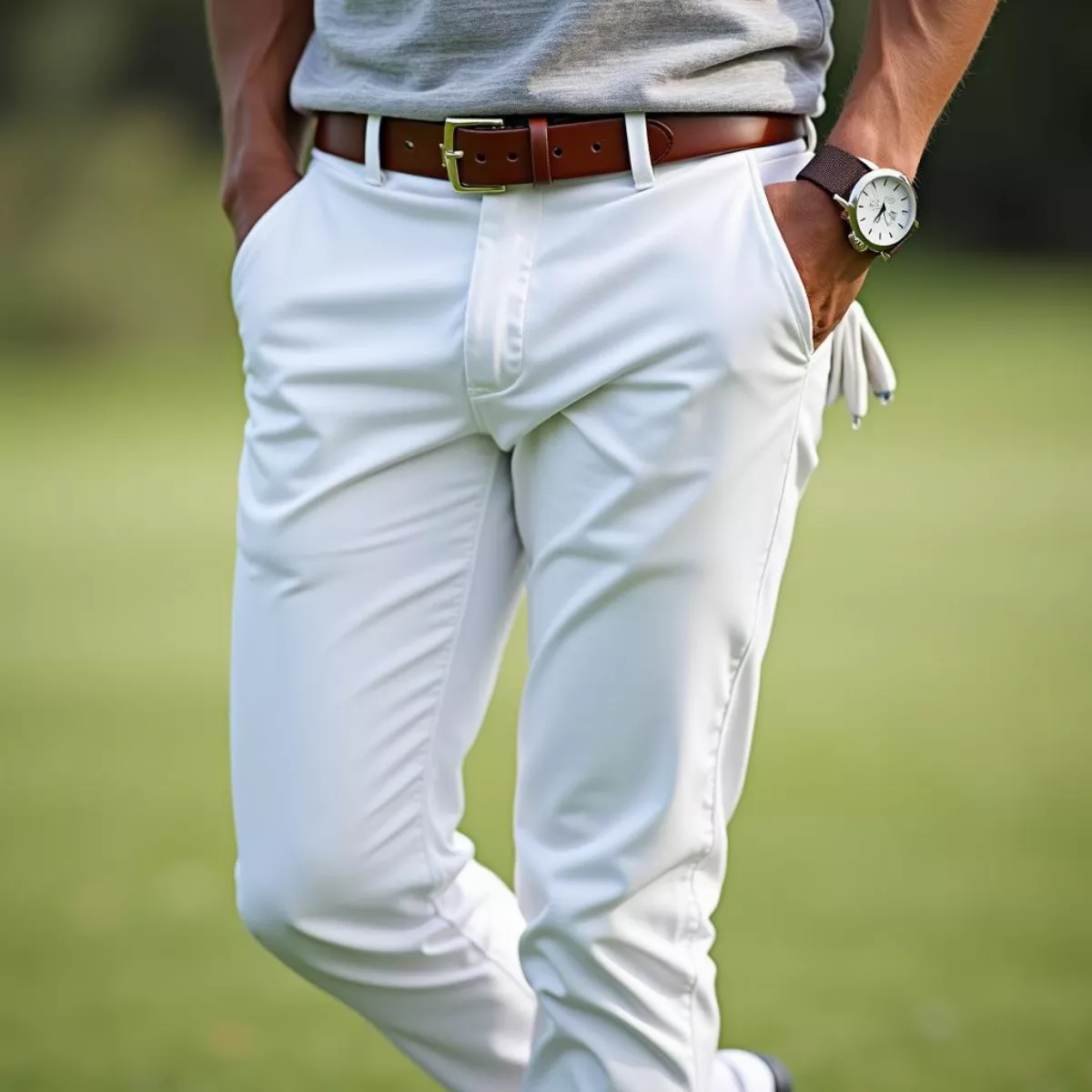 Close up of white golf pants and accessories
Close up of white golf pants and accessories Diverse group of golfers on the course
Diverse group of golfers on the course
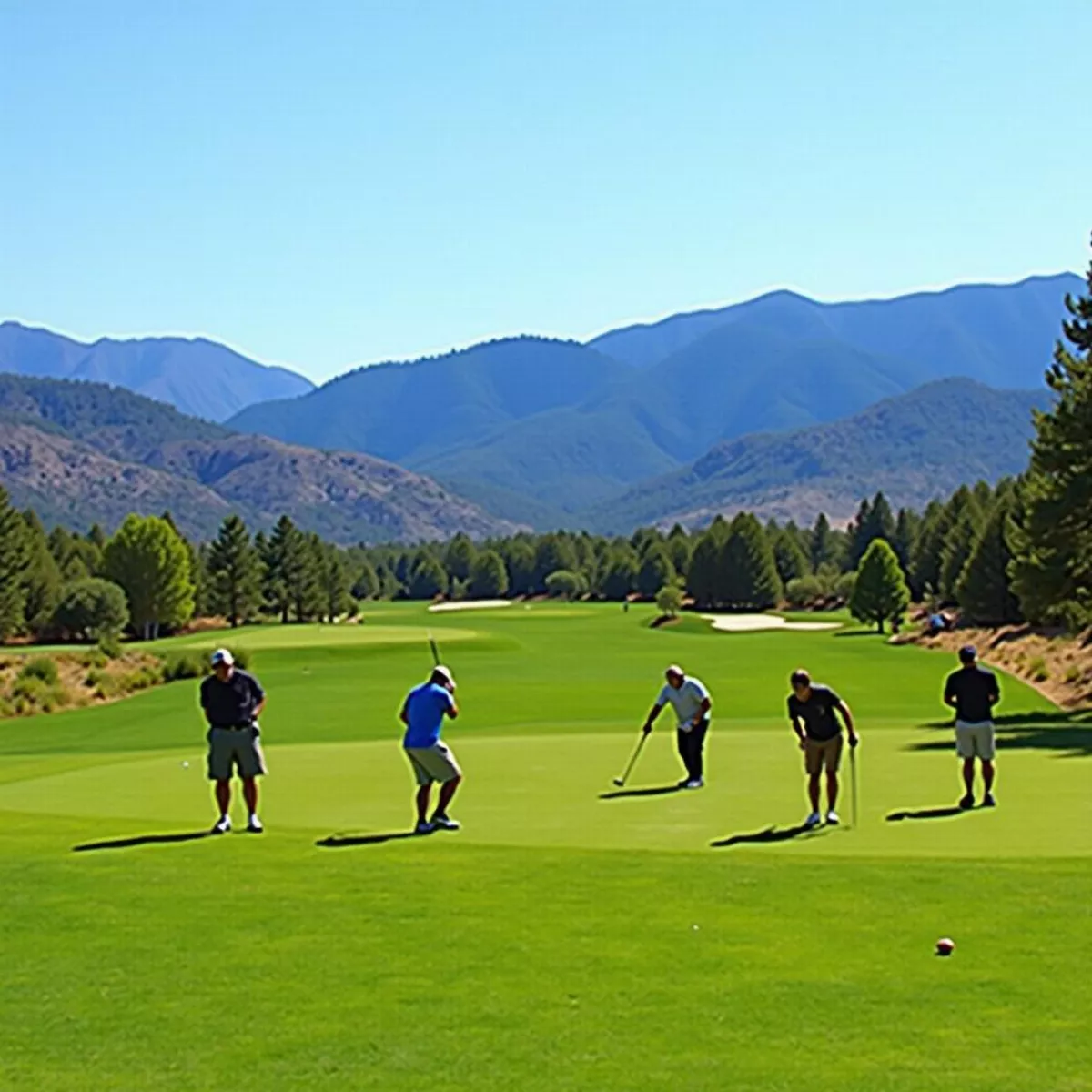 Golfers on the Green at Bear Valley Springs
Golfers on the Green at Bear Valley Springs Golf Lesson at Bear Valley Springs
Golf Lesson at Bear Valley Springs Bear Valley Springs Restaurant Interior
Bear Valley Springs Restaurant Interior